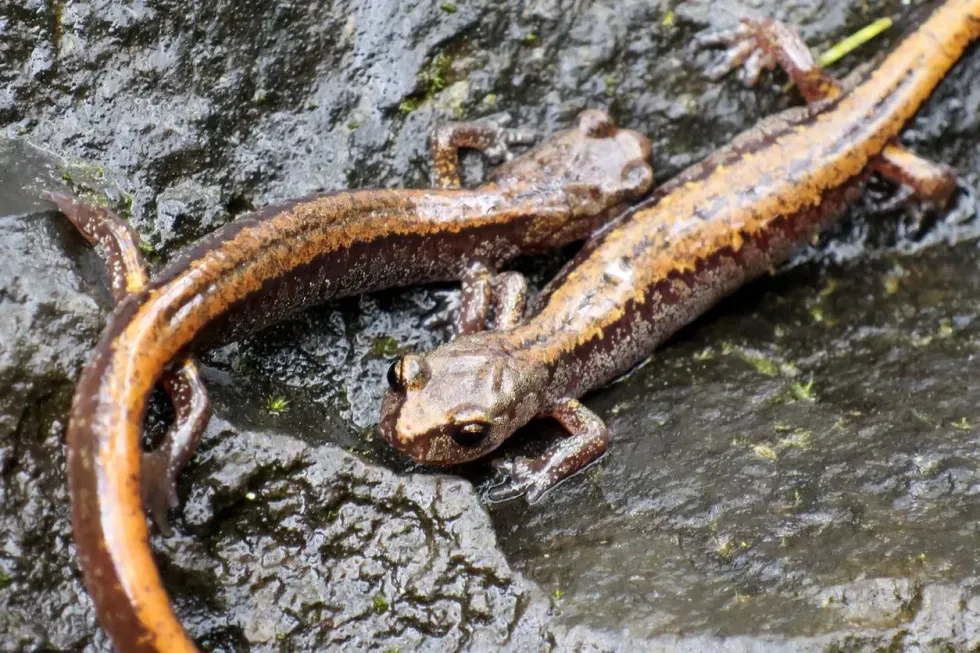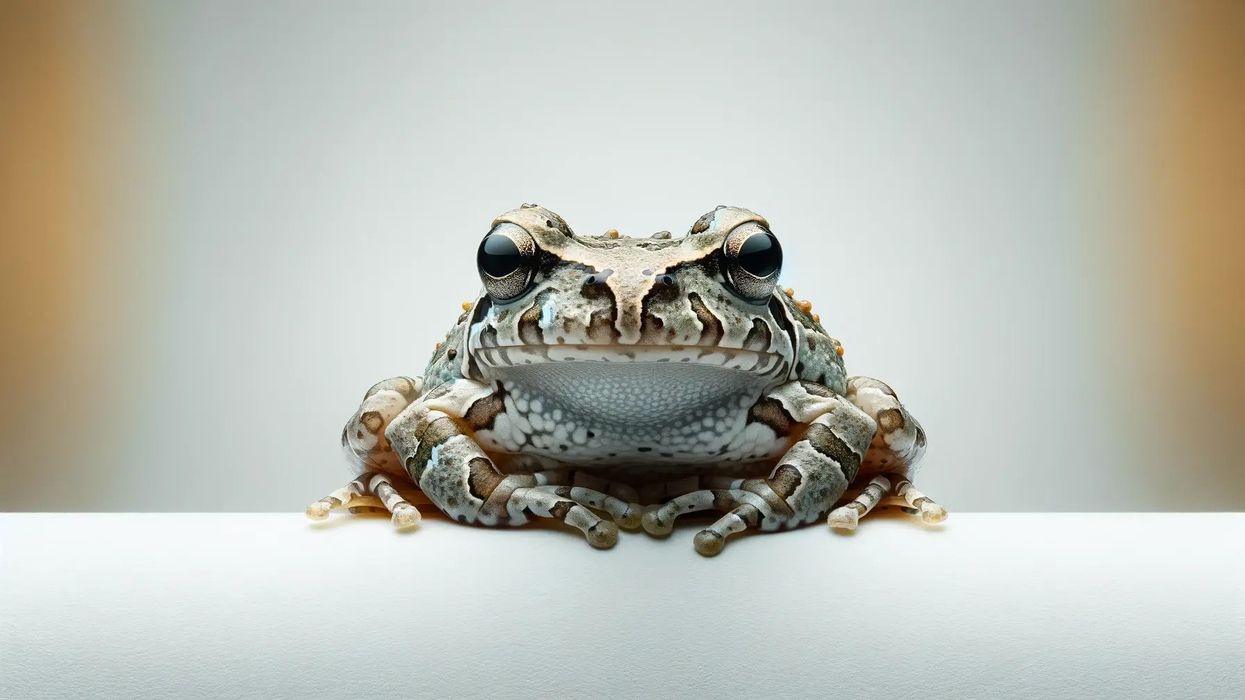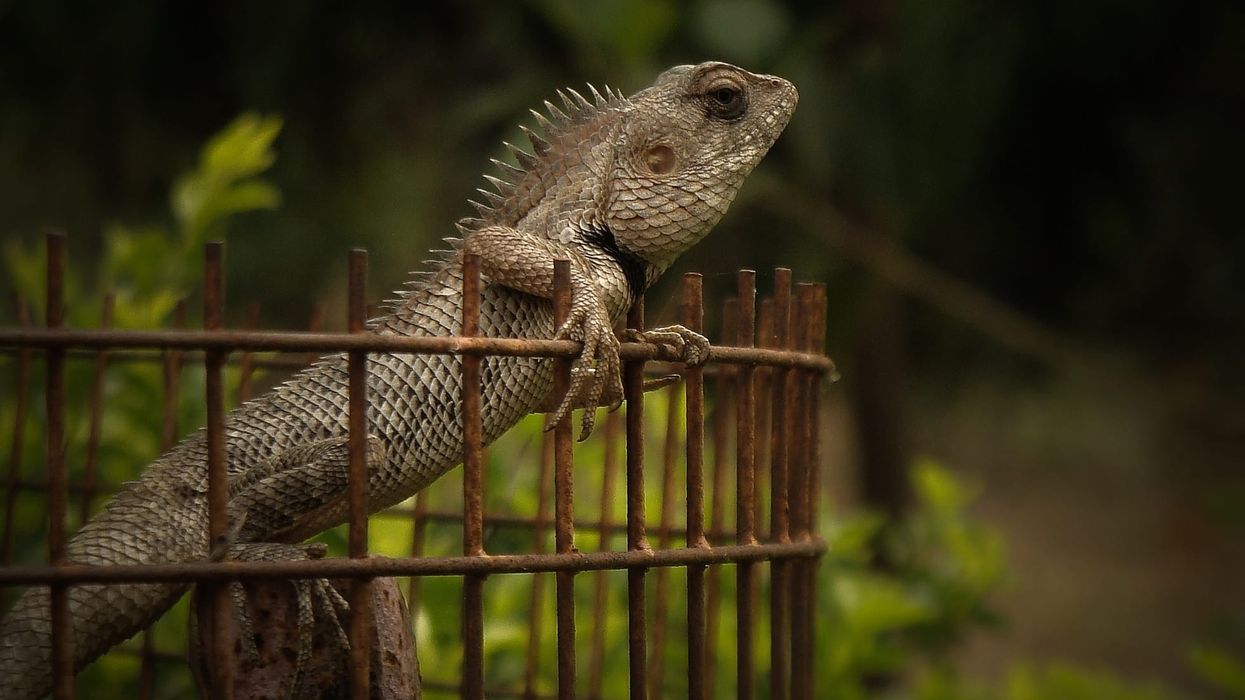The Larch Mountain Salamander, Plethodon larselli as it is scientifically known, is a species of salamander only found in the United States. Salamanders are lizard-like species and are a part of the family of Plethodontidae.
This species called the Larch Mountain Salamanders was first considered a subspecies of Van Dyke's Salamander but later turned into a different species. The closest relative to these populations of the Larch Mountain Salamanders is a New Mexico breed called Jemez Mountains Salamander.
These species are very rare and are endemic only to the US. That is why habitat loss among wildlife is one of the issues affecting the populations of these species of salamanders.
This species is a small, lungless amphibian and is only found in rocky accumulations and talus slopes. Talus slopes are the most important need for the species in their wildlife habitat.
But exploitation of this habitat has changed the status of the species of salamanders. The Washington Department of Fish and Wildlife is doing its best to try and preserve the natural habitat of the species, along with the Oregon Department of Fish and Wildlife.
The Larch Mountain Salamanders are one of the rarest amphibians found in the Pacific Northwest. There are other species of salamanders too which can be seen worldwide. The Spring Salamanders are found in Canada and the US. The Barton Springs Salamanders are found in Texas. Read some interesting facts about these species here on the Kidadl website.
Larch Mountain Salamander Interesting Facts
What type of animal is a Larch Mountain salamander?
The Larch Mountain Salamanders are a group of amphibians.
What class of animal does a Larch Mountain salamander belong to?
The Larch Mountain Salamander, Plethodon larselli, falls under the class of Amphibia in the kingdom of Animalia.
How many Larch Mountain salamanders are there in the world?
The population of the Larch Mountain Salamanders is unknown at the moment. But it is decreasing rapidly in the wildlife, due to the loss of the steep basalt talus. Steeping basalt talus or piles of volcanic rock fragments is the biggest requirement for this species.
Where does a Larch Mountain salamander live?
The Larch Mountain Salamander habitat includes basalt talus slopes of the Columbia River Gorge and the northern Cascade Mountains. Their range is restricted to Washington and northern Oregon.
The main range in the wildlife includes a 34 mi (54.7 km) stretch of the Columbia River Gorge in southern Washington and the northern part of Oregon. They are also exclusively found on the northward side of Cascade mountains in the lake area of the Snoqualmie Pass-Kachess Lake.
What is a Larch Mountain salamander's habitat?
The Larch Mountain Salamander distribution is limited to steep mossy talus slopes with small stocks in forested areas, and open clearings under logs. Larch Mountain Salamanders like having slopes that have a large amount of decaying leaves, twigs, and barks.
Steep basalt talus and forested areas are important as the trees block sunlight. Blocking sunlight lets the moss grow on the talus slopes which keeps the rocks cold and damp all around the year. The national scenic regions along the Columbia River Gorge are the most common habitat for these species.
Talus graveled soil, and other rocks are the most important places for this species. They can also be found in non-forested areas.
Who do Larch Mountain salamanders live with?
The Latch Mountain Salamanders spend most of their time below the ground. They only come out to the surface 20-90 days every year. They are said to stay in pairs during the breeding period.
How long does a Larch Mountain salamander live?
The life expectancy of this species is unknown.
How do they reproduce?
The breeding season is in the autumn and spring months. The nests of these amphibians have not been found, but it is estimated that a clutch of 2-12 eggs is laid at a time.
The females lay the eggs every two to three years. Eggs are laid mostly in underground dens, but as nests have not been found yet, it cannot be considered a fact.
The females tend to the eggs until they hatch in late summer. Larvae are developed in the eggs themselves, so there is no aquatic larval stage.
What is their conservation status?
The conservation status for these amphibians is Near Threatened according to the IUCN Red List. This status needs to change fast to keep the species alive in the world.
The Larch Mountain Salamander conservation plan should include avoiding alteration and ground disturbance of talus. The local population can reduce rapidly by these destructive practices, so avoiding these should be a priority. Pesticides should not be used near the talus and also the lands where the species breed should be maintained as per their requirements.
Larch Mountain Salamander Fun Facts
What do Larch Mountain salamanders look like?
These are a species of small salamanders with a stripe on their body. The sides of the specimens are colored black or dark brown with white speckles, The dorsal stripe is colored reddish, brown, yellow, or tan.
The stripe has a scalloped edge. The stripe can be seen extending to the tip of the tail. The belly or the underside of the salamanders are colored salmon-pink, reddish-orange, or red.
Only a few numbers of this species have a white or gray underbelly. They are lungless, so they breathe through their moist skin.

*Please note, this is an image of a black-bellied salamander (Batrachoseps nigriventris). If you have an image of a Larch mountain salamander, let us know at hello@kidadl.com.
How cute are they?
They look pretty with their single-colored stripe over the body.
How do they communicate?
They usually communicate via touch and chemicals from their bodies. These chemicals are used during reproduction.
How big is a Larch Mountain salamander?
Larch Mountain Salamanders grow to a length of 2-5 in (5-12.7 cm). The average length of adults is 4 in.
How fast can a Larch Mountain salamander move?
There has not been much research on this species, but they are known to stay in one place throughout. When in danger, they can move quickly.
How much does a Larch Mountain salamander weigh?
The weight of the Larch Mountain Salamanders is unknown.
What are the male and female names of the species?
There is no other name given to the male and female sexes of the species.
What would you call a baby Larch Mountain salamander?
The young Larch Mountain Salamander is called hatching, juvenile, or simply young salamander.
What do they eat?
These species are predators of a large number of invertebrates. The usual diet includes mites, collembolans, snails, annelids, spiders, beetles, and hymenopterans.
Are they poisonous?
The Larch Mountain Salamander's defensive mechanism does not include poison.
Would they make a good pet?
The status of this species is known to be at risk. So, the Larch Mountain Salamanders should not be kept as pets. Also, the habitat requirement of the species is very limited and cannot be replicated at home.
Did you know...
They look like common lizards, except for the color of their bodies.
What is being done to protect the Larch Mountain salamander?
Efforts are being taken for the restoration and preservation of the Larch Mountain Salamander management of habitats. The collection of gravel from those sites has been stopped.
Stopping alteration of the talus has also been emphasized. The Oregon Department of Fish and Wildlife and the Washington Department of Fish and Wildlife has been trying to preserve and keep the rocky and talus slopes' habitat intact for the restoration of the populations of these species of salamanders, as well as make people aware of this.
Why is it called Larch Mountain salamander?
Larch Mountain is an extinct volcano, in Oregon. The salamanders are found exclusively in those areas, hence the name was given to this species.
Here at Kidadl, we have carefully created lots of interesting family-friendly animal facts for everyone to discover! Learn more about some other amphibians including the dwarf salamander, or fire salamander.
You can even occupy yourself at home by drawing one on our Larch mountain salamander coloring pages.










